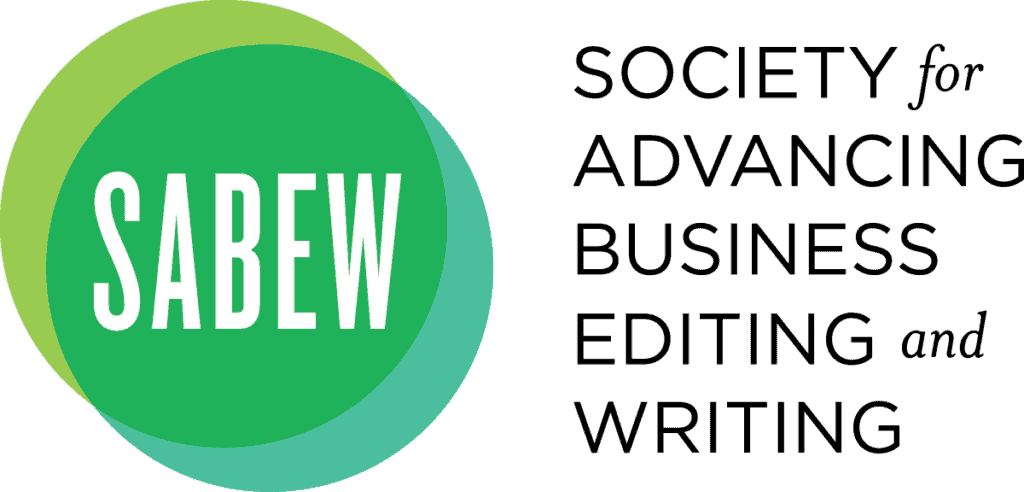By Madison McColl
When Daniel Tolbert left home to attend Mercer University, he soon realized he needed loans to support an independent life.
“There really was no other way to handle it,” said Tolbert. “I had some help from grandparents and stock portfolios set aside by my family members for my college, but that barely kept me through the first two years since it took a large hit following the 2008 recession.”
Tolbert, like many other students, required outside assistance to afford tuition, rent and groceries. This took the form of both private and federal student loans.
Private loans are funded by independent institutions, such as credit unions or banks, whereas federal loans are supported by the United States government. Understanding the differences between these types of loans is important for students when determining how to pay for college.
Matt Blasko, a finance professor at the University of Georgia, said federal loans offer subsidies and may even be forgiven under some circumstances. “So that alone makes them a better choice for students,” he said.
Blasko said many students do not qualify for federal loans and must tap the private lending market if they want to use loans to fund their education.
Government run student aid resources are available to help students understand the differences between loan types. Federal loans are available to students based on financial need and the amount is determined on a case by case basis.
Private loan qualifications vary, but typically require a good credit history. Generally, it is understood that federal loans are the better option considering the possibility of payment deferral and loan forgiveness.
However, in circumstances such as Tolbert’s, federal loan awards do not provide enough money and families turn to private lending to make up the differences they may need.
While Tolbert qualified for a federal loan, his family was financially sound enough for the government to award a low loan amount, but it was also the family’s good financial history that qualified them for private loans.
“My school did a very good job of educating people prior to taking out loans,” said Tolbert, “It kept me on the lookout for higher interest rates and things that would prevent me from paying them off faster.” He added, however, there weren’t any solutions available to avoid the loans altogether, especially his private loans.
Financial planner Ari Benoit acknowledged the higher interest rates associated with private loans is a negative, but he said that institutions making those “private loans will be more willing to take the risk” regarding a range of personal credit histories.
“The interest rates will show that” Benoit said, adding that it is also important to understand the implications of not repaying a private loan. “They do not default, a private loan can go after next of kin,” he said.
Reflecting on his experience, Tolbert said: “federal loans give you a lot more leeway with time constraints and interest rates… Private loans are definitely more predatory in my eyes. I would avoid them at all costs if you can.”
Tolbert said he understands his student loans will be part of his personal finances for the foreseeable future.
“At this point it will take at least 15-20 years until I pay off my loans, unless I see a significant change in income by then,” he said.
Madison McColl is a journalism student at the University of Georgia. The reporting for this article was completed before the campus closed due to the COVID-19 pandemic.

